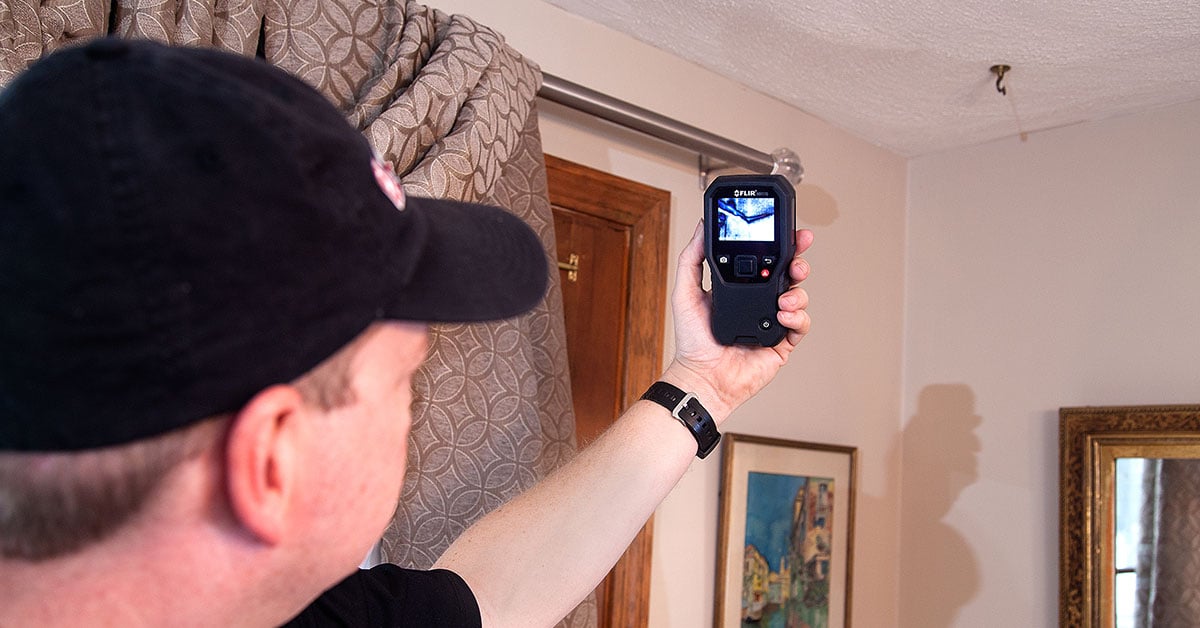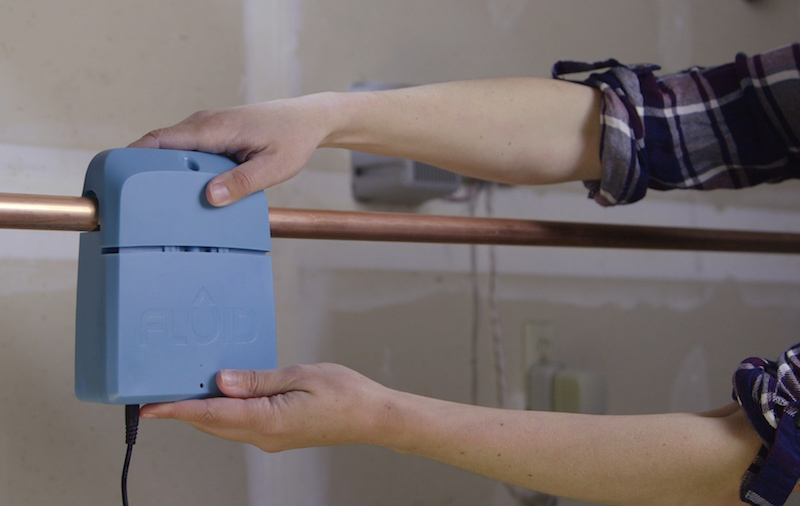Advanced Water Leak Detection Solutions for Your Home and Service
Cutting-edge Solutions for Early Discovery of Water Leaks in Structures and Infrastructure
From cutting-edge leak detection technologies to the implementation of IoT sensors for real-time tracking, the landscape of leak prevention is progressing quickly. Automated water flow evaluation systems are reshaping just how leaks are identified and addressed, paving the way for an aggressive approach to water leak detection.
Advanced Leakage Discovery Technologies
Advanced leakage discovery innovations, furnished with innovative sensing units and formulas, play an important function in quickly identifying and pinpointing water leakages in numerous setups. These innovations employ a combination of acoustic, thermal, and electro-magnetic picking up approaches to spot leakages accurately. Acoustic sensors identify the audio of getting away water, permitting precise localization of the leakage resource. Thermal imaging discovers temperature adjustments created by water leakage, providing one more effective approach for leakage identification. Electro-magnetic sensors can identify adjustments in electromagnetic areas created by water, providing yet an additional layer of leakage detection capacity.

IoT Sensors for Real-Time Monitoring
In the realm of modern water leakage discovery, the integration of IoT sensing units for real-time surveillance represents a pivotal development in boosting positive leakage discovery capabilities. These sensors use continual surveillance of water systems, giving real-time information on water circulation prices, stress variants, and temperature level adjustments. By leveraging IoT technology, these sensing units can spot even the smallest anomalies in water usage patterns, allowing early identification of prospective leaks before they intensify into major problems.
IoT sensors transmit data to a centralized system, where sophisticated formulas assess the details and create signals or notifications when irregularities are spotted. This real-time tracking capability allows homeowner or facility managers to promptly address leaks, minimizing water damage, minimizing repair expenses, and conserving water resources.
Moreover, IoT sensing units can be integrated with building administration systems, enabling automated feedbacks to identified leakages, such as shutting off water valves or activating pumps to mitigate the effect of leaks. In general, the execution of IoT sensing units for real-time surveillance substantially enhances the performance and efficiency of water leakage discovery in buildings and facilities.
Equipment Discovering Algorithms for Leak Prediction

One trick advantage of using check it out artificial intelligence for leak forecast is its capability to constantly discover and enhance its accuracy gradually. As even more information is accumulated and fed into the formula, it can fine-tune its predictions and adjust to changing problems, ultimately raising the reliability of leakage detection systems.
Moreover, artificial intelligence formulas can help in recognizing subtle signs of leakages that may go undetected by conventional surveillance techniques. water leak detection. By assessing complicated information sets in real-time, these formulas can supply very early warnings and informs, allowing for timely treatment and preventive upkeep to alleviate potential water damages and linked costs
Using Thermal Imaging for Leakage Detection
Thermal imaging innovation offers a promising method for discovering water leakages in numerous systems and facilities. By making use of infrared radiation and temperature level variances, thermal imaging cams can recognize hidden leaks that are not quickly noticeable to the nude eye. When water escapes from pipes or structures, it commonly transforms the temperature level of the bordering area, developing temperature differentials that thermal cameras can capture. These temperature irregularities are after that translated right into visible pictures, highlighting the precise place of the leakage.
One of the key benefits of thermal imaging for leak detection is its non-intrusive nature. Overall, the usage of address thermal imaging innovation boosts the performance and precision of water leakage discovery, making it an important tool for preserving the integrity of structures and infrastructures.
Automated Water Circulation Analysis Solutions
How can computerized water flow evaluation systems transform the discovery and management of leakages in numerous systems and facilities? Automated water circulation analysis systems supply a proactive strategy to leak discovery by continually monitoring water flow prices and patterns. By developing standard information, these systems can rapidly recognize discrepancies that might indicate a leak, enabling punctual intervention to stop extensive damage.
These systems use innovative algorithms to examine real-time information and offer prompt alerts when anomalies are found, enabling quick activity to be taken. In addition, automated water flow analysis systems can be integrated with building administration systems or IoT systems, boosting total efficiency and enabling remote tracking capabilities.
Additionally, the data collected by these systems can be used for anticipating upkeep objectives, assisting to determine prospective powerlessness in the facilities before leaks take place. On the whole, the execution of computerized water circulation analysis systems can considerably improve leak discovery and monitoring methods, ultimately leading to set you back financial savings, decreased water wastage, and increased sustainability in structures and facilities.

Verdict
To conclude, the assimilation of advanced leakage discovery innovations, IoT sensing units, artificial intelligence formulas, thermal imaging, and computerized water circulation evaluation systems uses ingenious options for very early discovery of water leaks in buildings and infrastructure. These technologies enable real-time monitoring, forecast of leakages, and effective detection methods to avoid water damage and wastage. Implementing these options can assist in preserving the integrity and sustainability of water supply in numerous settings.